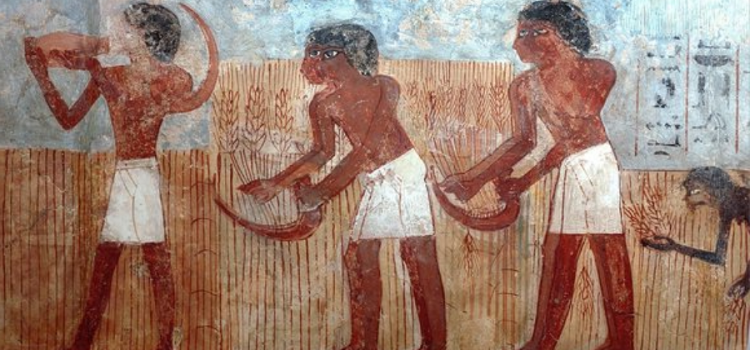

Back to the Future: Older-and-Wiser Wheats are Making a Comeback
Wheat has become a hot issue in health, due to increasing reports of sensitivities.
Whether it be gluten or other fractions of the grain, even the relatively unprocessed whole wheat products available today seem to be less tolerated than they once were.

However, common wheat varieties such as semolina and durum are just some of many different types, and this has been observed to make a difference. Some of the lesser-known that were more widely used in previous eras—referred to as “ancient” or “heritage” wheats—are steadily regaining attention today because of their relatively high tolerability and nutritional value.
Like wheat, these grains can be milled into flours for baked goods (breads and pastries alike) or to thicken sauces and bind other food products, though for bread doughs, they require additional time to “rise” and form gluten bonds. They can also be eaten whole, prepared and served like to rice. Also similarly to other grains, some are available refined, which will not provide the same health benefits as their whole forms. Whole grains have been linked to protection against chronic diseases such as diabetes mellitus, cancer, and cardiovascular disease.
Einkorn (Triticum monococcum)
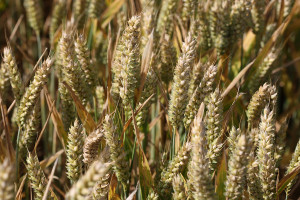 Einkorn is considered by many to be the original wheat. It was first domesticated in ancient Turkey and cultivated in Mesopotamia (specifically, modern-day Iraq), and is a traditional bulgur/bourghul grain. It continues to be grown in these areas, and its popularity is spreading throughout the world. Though einkorn contains gluten—and is therefore still considered off-limits for celiac sufferers—the gluten is structured differently, and so is tolerated by some people with mild non-celiac gluten intolerance. However, this difference makes einkorn bread doughs and cake batters sticky and/or gummy, so it is recommended to add a second flour to these mixtures. Einkorn offers high amounts of fiber, protein, B-vitamins (specifically, B1 and B6), carotenoids (including those with vitamin A activity), the essential minerals iron, manganese, potassium, selenium, and zinc, and phytonutrients suggested in clinical research to be protective against chronic disease, such as tocols, conjugated polyphenols, fructans, alkylresorcinols, and phytosterols.
Einkorn is considered by many to be the original wheat. It was first domesticated in ancient Turkey and cultivated in Mesopotamia (specifically, modern-day Iraq), and is a traditional bulgur/bourghul grain. It continues to be grown in these areas, and its popularity is spreading throughout the world. Though einkorn contains gluten—and is therefore still considered off-limits for celiac sufferers—the gluten is structured differently, and so is tolerated by some people with mild non-celiac gluten intolerance. However, this difference makes einkorn bread doughs and cake batters sticky and/or gummy, so it is recommended to add a second flour to these mixtures. Einkorn offers high amounts of fiber, protein, B-vitamins (specifically, B1 and B6), carotenoids (including those with vitamin A activity), the essential minerals iron, manganese, potassium, selenium, and zinc, and phytonutrients suggested in clinical research to be protective against chronic disease, such as tocols, conjugated polyphenols, fructans, alkylresorcinols, and phytosterols.
Emmer/Farro (Triticum turgidum dicoccum or dicoccoides)
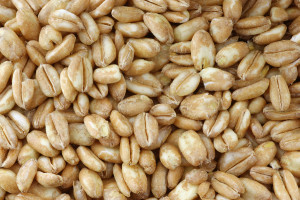 Emmer, also known as “farro,” is one of the original grains grown and used in the Fertile Crescent (ancient Mesopotamia). It can be substituted for regular flour, but is particularly useful for pastas—therefore very popular in Italy—and is otherwise similar to spelt, with which it is often confused. Emmer/farro is naturally high in protein, fiber, B-vitamins (especially B3), carotenoids, the essential minerals selenium and zinc, and phenolic compounds suggested in clinical research to be protective against chronic disease. Its taste has been described as earthy and nutty, and its texture as chewy.
Emmer, also known as “farro,” is one of the original grains grown and used in the Fertile Crescent (ancient Mesopotamia). It can be substituted for regular flour, but is particularly useful for pastas—therefore very popular in Italy—and is otherwise similar to spelt, with which it is often confused. Emmer/farro is naturally high in protein, fiber, B-vitamins (especially B3), carotenoids, the essential minerals selenium and zinc, and phenolic compounds suggested in clinical research to be protective against chronic disease. Its taste has been described as earthy and nutty, and its texture as chewy.
Spelt (Triticum spelta or speltoides)
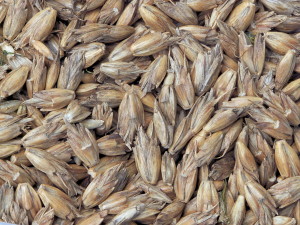 Spelt has been more commonly known and used than other ancient wheat varieties. It is lower in gluten than modern wheat, and many people with non-celiac gluten intolerance have reported better tolerance of spelt compared to regular wheat. Despite having less gluten, spelt has overall more protein, and is used successfully to make bread. It also offers high amounts of fiber, B-vitamins (especially B1 and B3), the essential minerals copper, magnesium, manganese, and zinc, and polysaccharides and phenolic compounds suggested in clinical research to be protective against chronic disease. Its taste has been described as slightly sweet and nutty, and its texture as somewhat more dense than regular wheat. While spelt is sometimes called farro (e. (Xanax) g., in Germany and Switzerland), it is not true farro.
Spelt has been more commonly known and used than other ancient wheat varieties. It is lower in gluten than modern wheat, and many people with non-celiac gluten intolerance have reported better tolerance of spelt compared to regular wheat. Despite having less gluten, spelt has overall more protein, and is used successfully to make bread. It also offers high amounts of fiber, B-vitamins (especially B1 and B3), the essential minerals copper, magnesium, manganese, and zinc, and polysaccharides and phenolic compounds suggested in clinical research to be protective against chronic disease. Its taste has been described as slightly sweet and nutty, and its texture as somewhat more dense than regular wheat. While spelt is sometimes called farro (e. (Xanax) g., in Germany and Switzerland), it is not true farro.
Khorasan Wheat (Triticum turgidum turanicum or Kamut®)
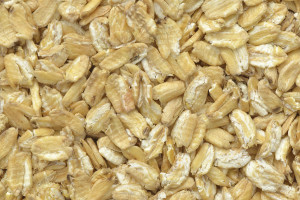 Khorasan wheat is of Egyptian heritage, trademarked in the modern era as Kamut®. It is slightly lower in gluten than modern wheat, and this together with a lack of hybridization has resulted in easier assimilation for some wheat-sensitive people. It has one of the highest protein contents of any grain, as well as generous amounts of fiber, B-vitamins (especially B1 and B3), the essential minerals copper, magnesium, manganese, selenium, and zinc, and phenolic compounds suggested in clinical research to be protective against chronic disease.
Khorasan wheat is of Egyptian heritage, trademarked in the modern era as Kamut®. It is slightly lower in gluten than modern wheat, and this together with a lack of hybridization has resulted in easier assimilation for some wheat-sensitive people. It has one of the highest protein contents of any grain, as well as generous amounts of fiber, B-vitamins (especially B1 and B3), the essential minerals copper, magnesium, manganese, selenium, and zinc, and phenolic compounds suggested in clinical research to be protective against chronic disease.
Ready for some MODERN wisdom? There are 5 foods you need to avoid at all costs!
References
Gianfrani C, et al. Immunogenicity of monococcum wheat in celiac patients. Am J Clin Nutr. Dec;96(6):1339-45.
Gonzalez-Anton C, et al. An enriched, cereal-based bread affects appetite ratings and glycemic, insulinemic, and gastrointestinal hormone responses in healthy adults in a randomized, controlled trial. J Nutr. 2015 Feb;145(2):231-8.
Pizzuti D, et al. Lack of intestinal mucosal toxicity of Triticum monococcum in celiac disease patients. Scand J Gastroenterol. 2006 Nov;41(11):1305-11.
Shewry PR, et al. Natural variation in grain composition of wheat and related cereals. J Agric Food Chem. 2013 Sep 4;61(35):8295-303
Sofi F, et al. Characterization of Khorasan wheat (Kamut) and impact of a replacement diet on cardiovascular risk factors: cross-over dietary intervention study. Eur J Clin Nutr. 2013 Feb;67(2):190-5.
Stallknecht GF, et al. Gilbertson. Alternative Wheat Cereals as Food Grains: Einkorn, Emmer, Spelt, Kamut, and Triticale. In J. Janick (eds), Progress in New Crops. Alexandria, VA: ASHA Press, 1996:156-70.
Šuligoj T, et al. Evaluation of the safety of ancient strains of wheat in coeliac disease reveals heterogeneous small intestinal T cell responses suggestive of coeliac toxicity. Clin Nutr. 2013 Dec;32(6):1043-9.
Weiss E & Zohary D. The Neolithic Southwest Asian Founder Crops: Their Biology and Archaeobotany. Current Anthropology. 2011 Oct;52(S4):S239-40.
Zohary D, et al. Domestication of Plants in the Old World: The origin and spread of domesticated plants in Southwest Asia, Europe, and the Mediterranean Basin. (4th ed.). Oxford, Oxfordshire: Oxford University Press. 2012 Mar.



